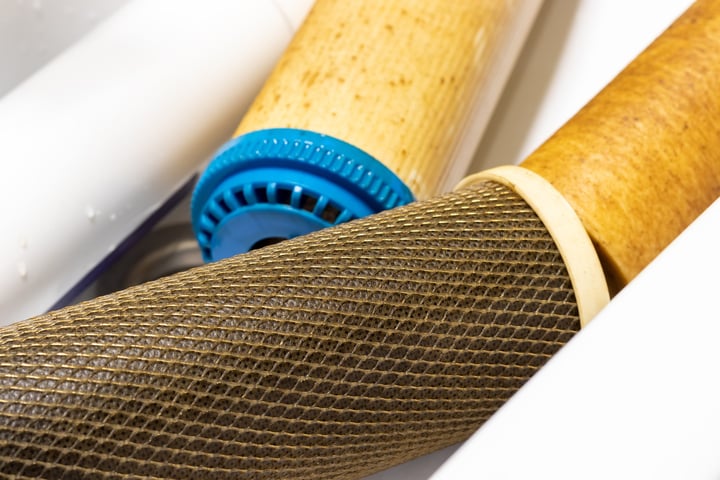
In the world of filtration and separation processes, the concept of wettability plays a crucial role in determining the efficiency and effectiveness of membrane materials. Membranes are widely used in various industries, including water treatment, pharmaceuticals, and food processing, to separate substances based on their size, charge, or chemical properties. Understanding the wettability of membranes is essential for optimizing these processes and achieving desired separation outcomes. In this blog, we will delve into the fascinating world of membrane wettability and its significance in separation science.
Wettability is a critical parameter in membrane technology because it influences the way liquids interact with membrane surfaces. Membranes are typically used to separate mixtures of substances by allowing certain components to pass through while blocking others. The wettability of a membrane can significantly impact its performance in the following ways:
Filtration Efficiency: The wettability of a membrane affects how liquids spread across its surface. A highly wettable membrane will allow for better wetting of the surface by the feed solution, leading to more efficient filtration and separation processes. Conversely, poorly wettable membranes may suffer from fouling and reduced performance.
Selectivity: Different components in a mixture may have varying wettability characteristics. By carefully selecting or modifying the membrane's wettability, it is possible to enhance the separation of specific components based on their affinity for the membrane surface.
Antifouling Properties: Fouling occurs when particles or contaminants adhere to the membrane surface, obstructing the flow of fluids and reducing separation efficiency. Membranes with controlled wettability can be engineered to resist fouling, leading to longer lasting and more reliable operations.
Energy Consumption: The wettability of a membrane can influence the energy required for filtration and separation processes. By optimizing wettability, it is possible to reduce energy consumption and operational costs.
Membrane wettability can be modified through various techniques and methods, depending on the material and desired characteristics. Some common approaches include:
Material Selection: Choosing membrane materials with inherent wettability characteristics that match the separation requirements can simplify the design of separation processes.
Surface Modification: Chemical treatments, such as plasma treatment, grafting, or coating with hydrophilic or hydrophobic agents, can alter the surface properties of membranes to achieve the desired wettability.
Nanotechnology: Nanomaterials, such as nanoparticles or nanocomposites, can be incorporated into membranes to tailor their wettability and improve performance.
In the realm of membrane technology, understanding and controlling wettability is of paramount importance. Membranes with the right wettability characteristics can enhance filtration efficiency, selectivity, and antifouling properties while minimizing energy consumption. As industries continue to seek more sustainable and efficient separation processes, advancements in membrane wettability research and technology will play a crucial role in achieving these goals. Exploring the world of membrane wettability opens up exciting possibilities for innovation and improvements in separation science.
Learn about the effect of surface roughness and wettability on biocompatibility of biomaterials and medical devices.
This blog post describes the importance of fiber diameter on the contact angle measurements of fibers with Wilhelmy method
Standard contact angle measurement considers the surface's chemical properties. The influence of surface roughness is added by utilizing the Wenzel equation.
Wettability is crucial in biomedical applications as it affects protein adsorption, cell adhesion, blood coagulation, and bacterial colonization.
Liquids’ ability to wet a solid surface has widespread importance in many everyday products and industrial processes.
Membrane wettability is a key property to ensure success of membrane distillation process
Hydrophobic surface properties are needed in contact with the food product while hydrophilicity is needed when printing on food packaging.
Wettability is pivotal in pharmaceutical dosage form manufacturing as well as in drug efficacy.
